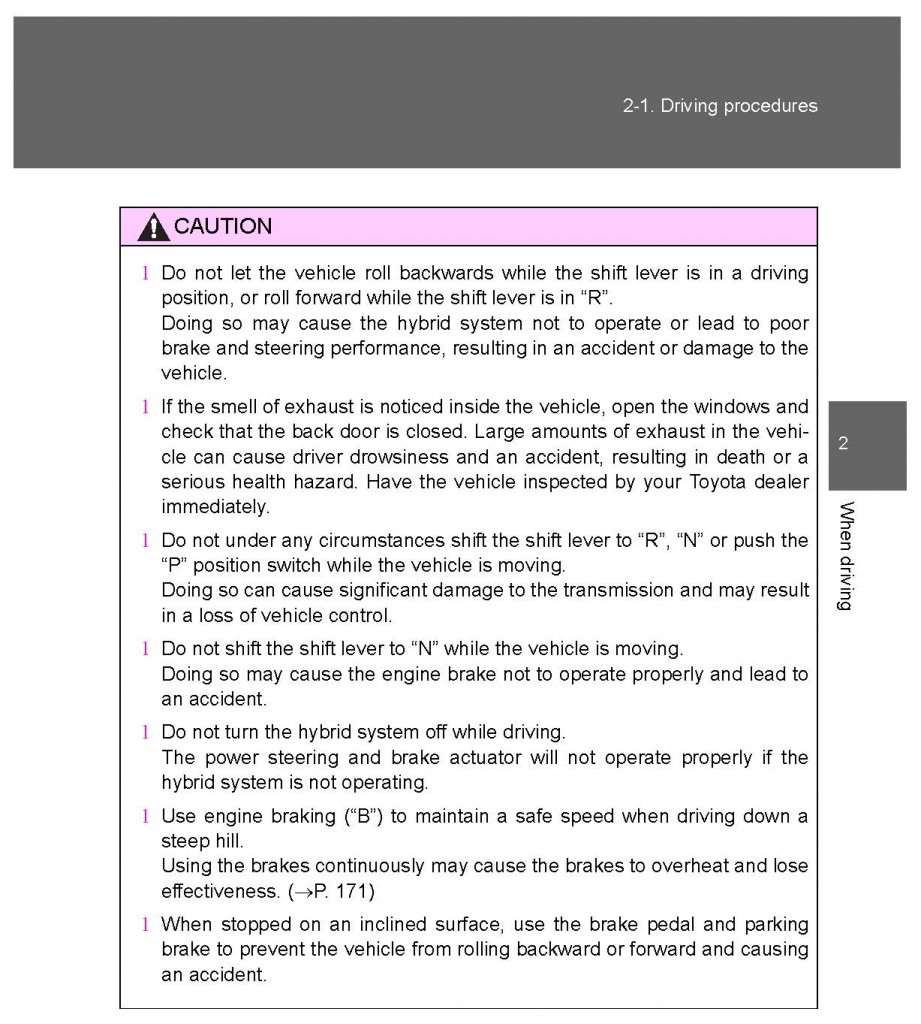Okay, so it didn’t have the impact of a “Tiger: Did you mean Bootyism?” banner floating over the Masters tournament at Augusta National, but retired Irv Miller’s “Come Clean” memo made a splash in the news this month. Miller had been group vice president of environmental and public affairs for Toyota in North America until he retired in late January. About two weeks before he left, Miller gave his Japanese boss Katsuhiko Koganei, Executive Coordinator of Corporate Communications, some straight talk about the automaker’s sticky pedal problems:
“Kogi,
I hate to break this to you but WE HAVE A tendency for MECHANICAL failure in accelerator pedals of a certain manufacturer on certain models. We are not protecting our customers by keeping this quiet. The time to hide on this one is over. We need to come clean and I believe that Jim Lentz and Yoshi are on the way to DC for meetings with NHTSA to discuss options.
We better just hope that they can get NHTSA to work with us in coming with a workable solution that does not put us out of business.” (Read the e-mail here) Continue reading
